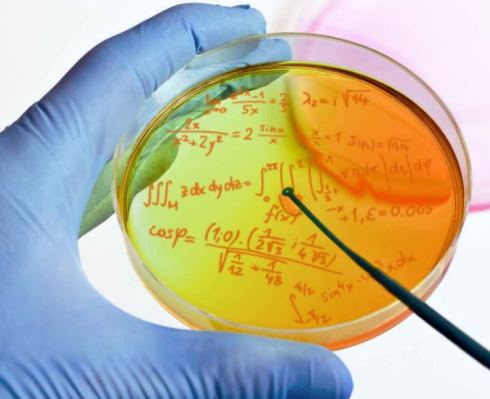Winning Formula

Dr Sara Jabbari on how maths is replacing some traditional biological experiments in the search for new drugs
The Biologist Vol 61(5) p26-28
The growing threat of antibiotic resistance shows that the world needs new methods and drugs to treat bacterial infections. I am part of a growing number of people trying to make that change as part of the lengthy production chain that is drug development. But I don't use any of the conventional methods – clinical trials, compound screening, and testing on animals – I just use mathematics. All biological systems evolve, whether it be an infected wound, a tumour, an embryo or a flower. The way in which they do this can be translated into mathematics by converting the reactions we know (or sometimes even assume) to occur into terms in an equation. The solutions to these equations simulate the biological dynamics at work. This enables us to reproduce what's happened before – so we can check that the mathematical model is correct – and predict what will happen in the future, investigating the biology with pen and paper or on a computer, instead of in a laboratory. Compared with experimental work, it's cheaper, faster and, for many practical, financial and even moral reasons, it can venture into places experiments can't go.
My research is concerned mainly with pathogenic bacteria – for example, MRSA and Clostridium difficile – and falls into two categories: what goes on inside a bacterial cell and how the bacteria behave as a population to cause an infection.
The motivation behind both of these is to...
Want to continue reading this article?
Click to login.


